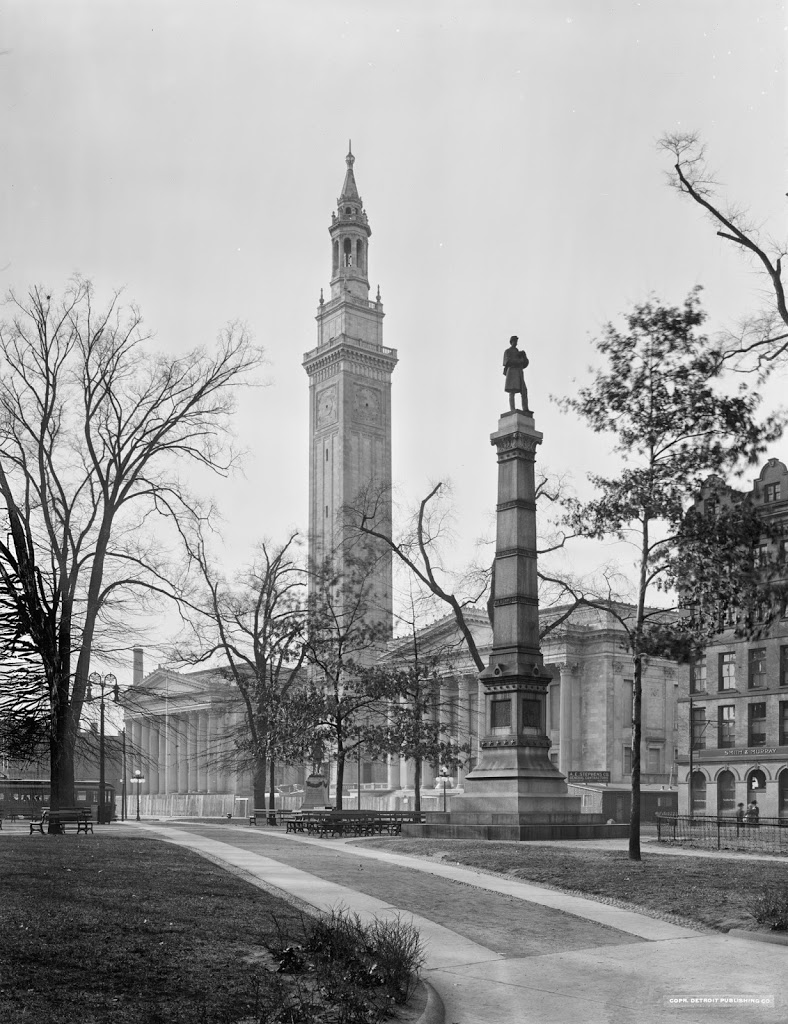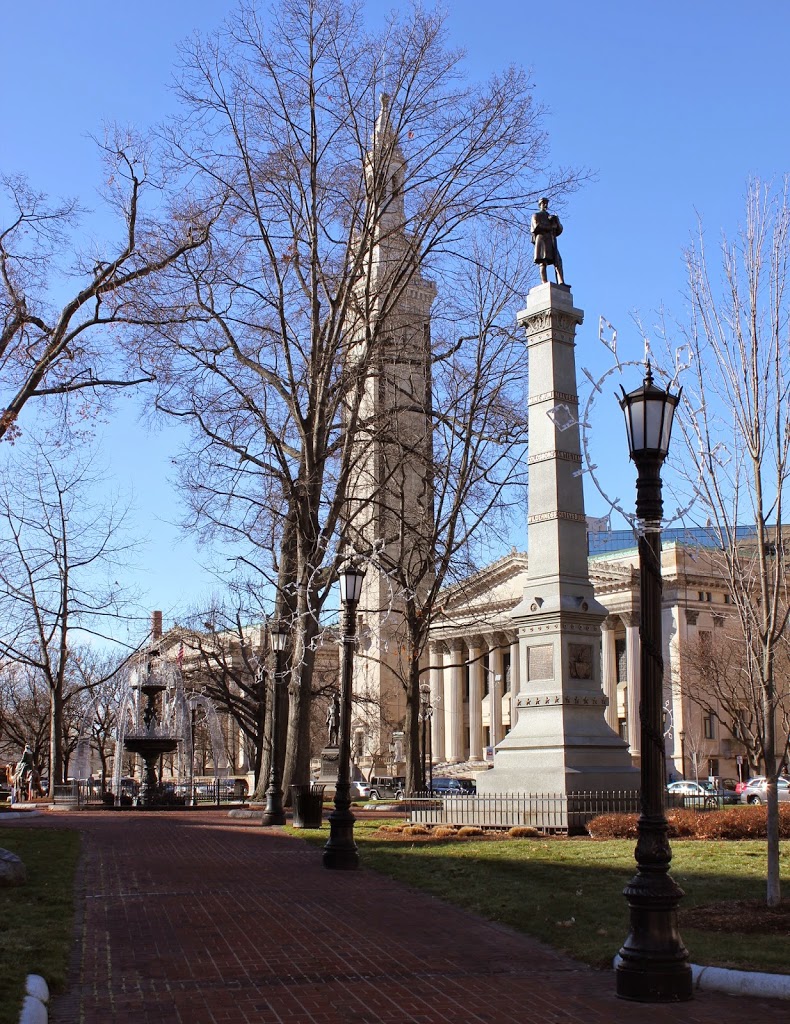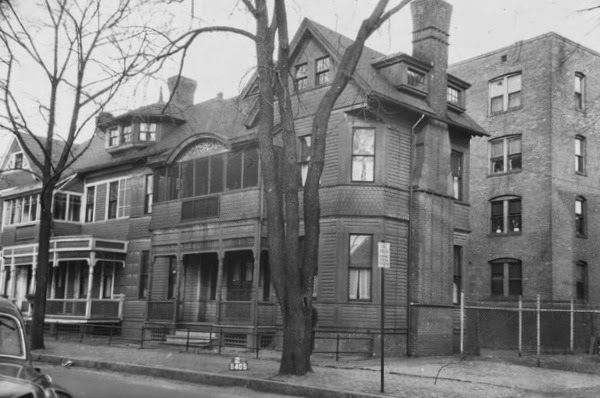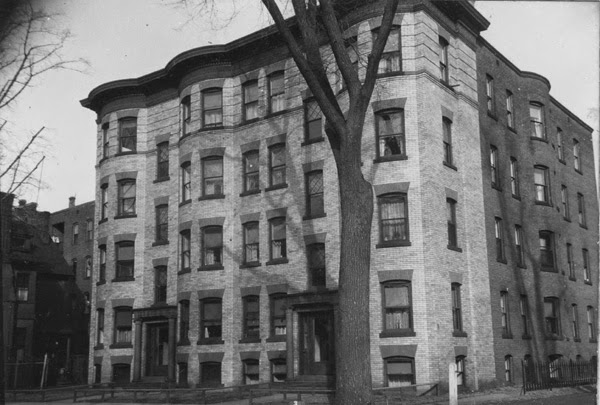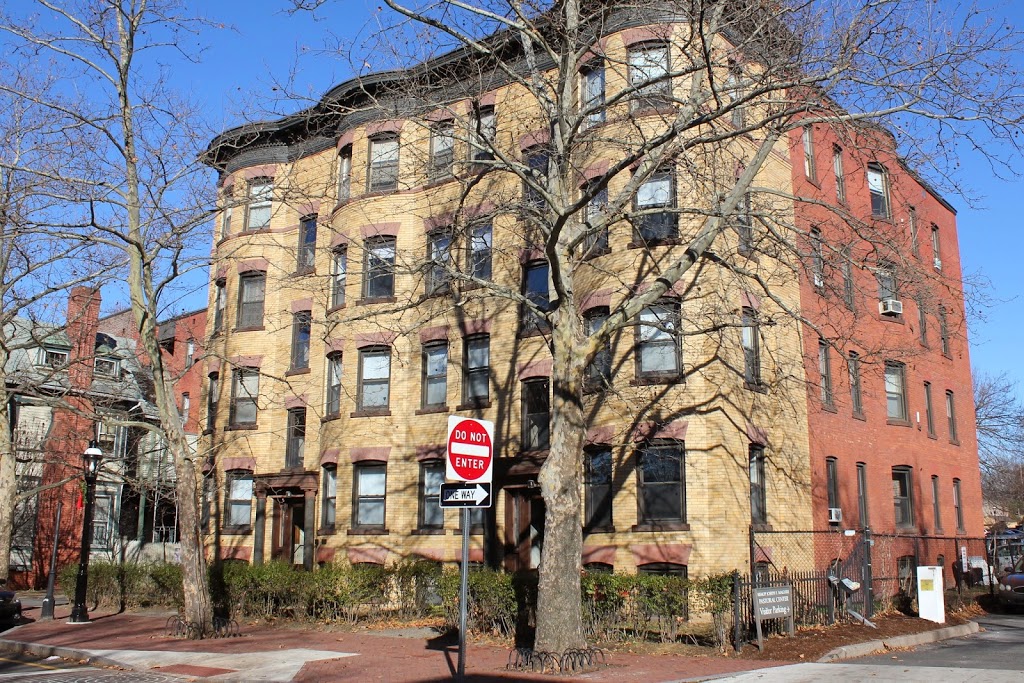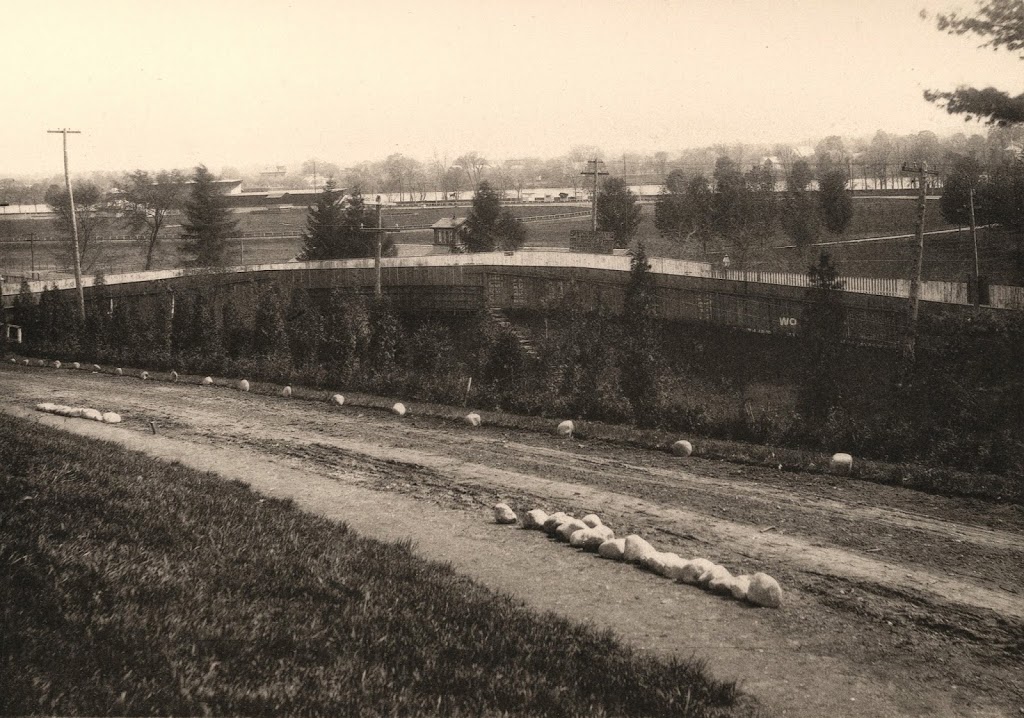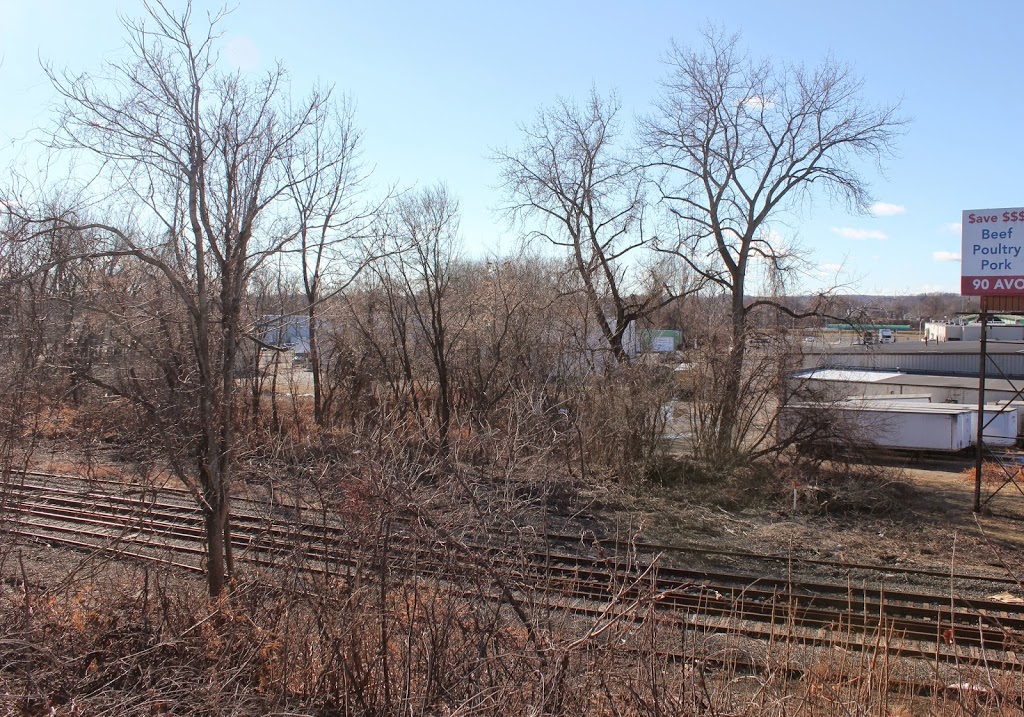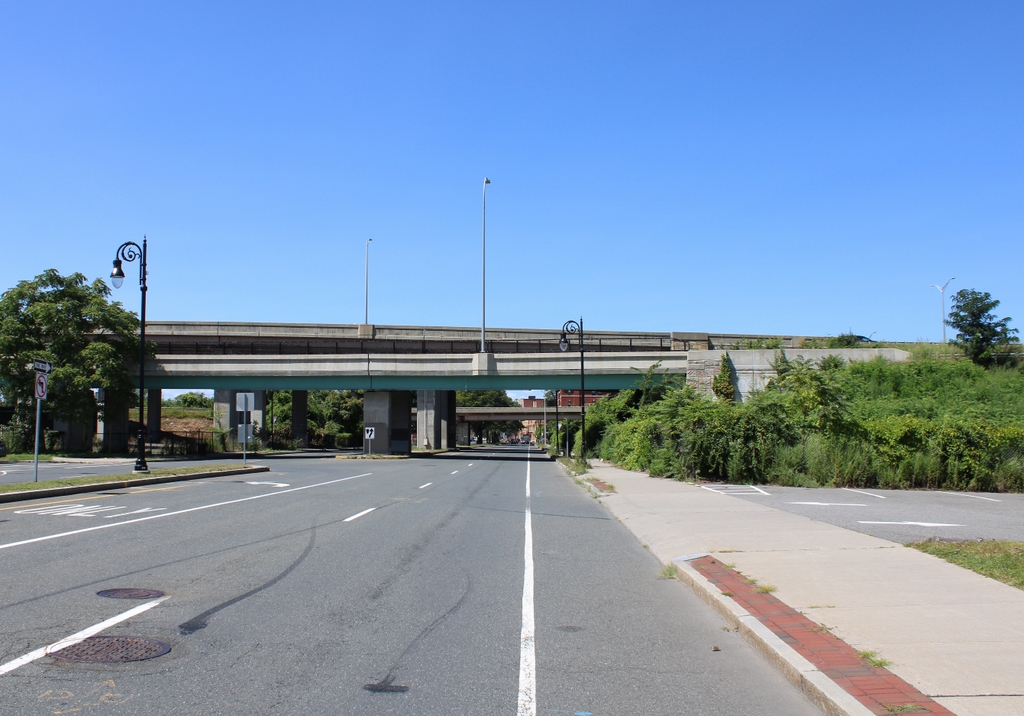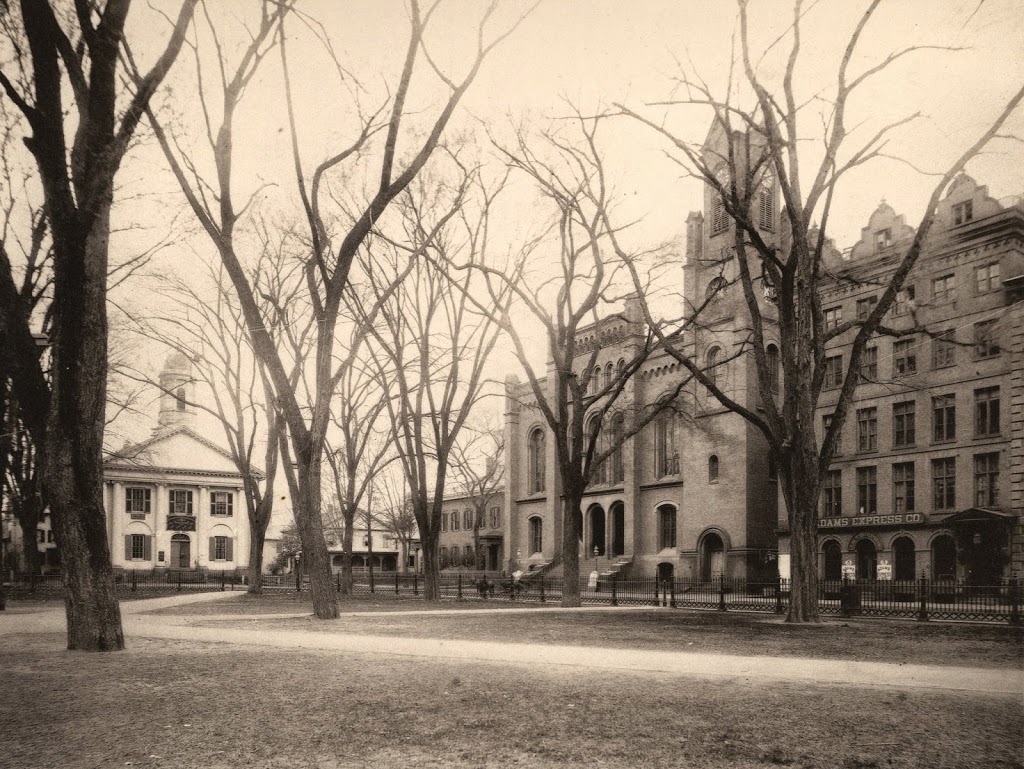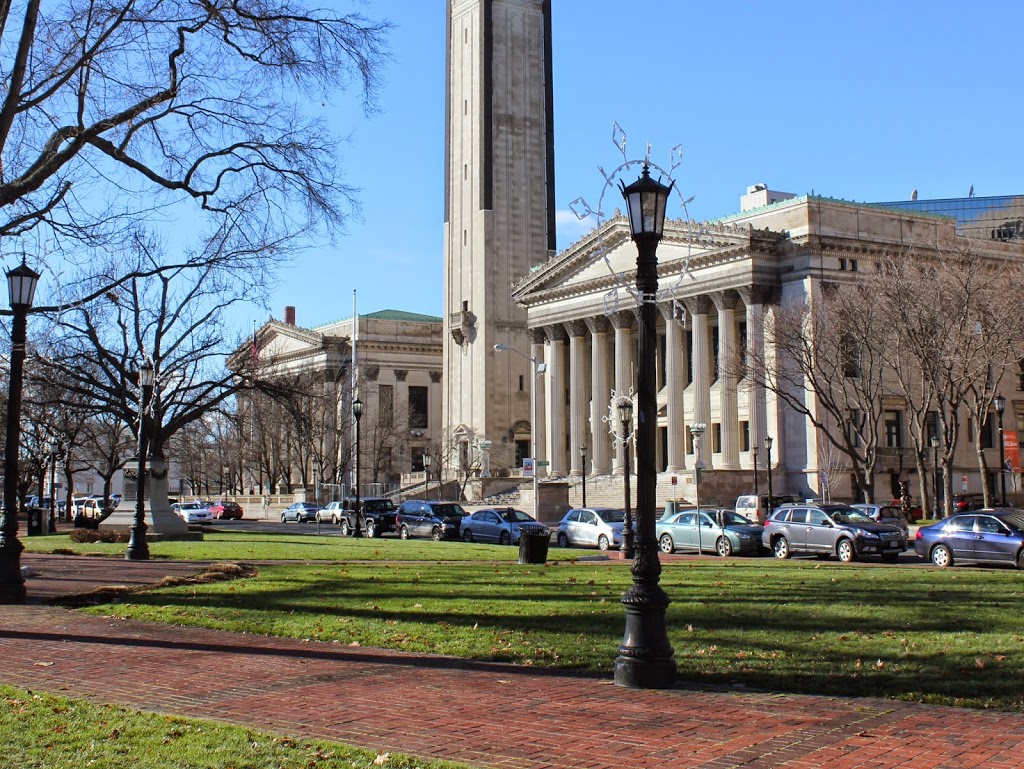The Springfield Municipal Group from across Court Square, probably around 1913. Image courtesy of the Library of Congress, Detroit Publishing Company Collection.
The Municipal Group in 2014:
The first photo was taken shortly before the Springfield Municipal Group was completed, perhaps even on the same day as the first photo in this post. In this photo, the buildings are still surrounded by a fence, and a sign for A.E. Stephens Co, the contractors, can be seen on a temporary shed on the right-hand side of the photo. In the ensuing 100 or so years in between the two photos, not much has changed in this scene. City Hall, Symphony Hall, and Campanile tower are all still there, as is the Civil War monument and the Miles Morgan statue, which is barely visible in the distance in front of the bell tower. One thing that has changed, though, is the way people get to City Hall. In the first photo, a trolley can be seen on the far left, and no automobiles are visible anywhere in the scene. Today, there are no trolleys to be found in Springfield, and instead Court Square is surrounded by cars, as seen in the 2014 photo.

